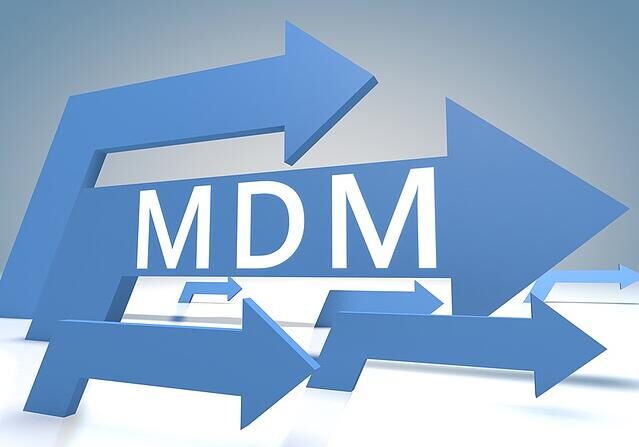Due to the enormous amount of data that social networks provide to many institutions, Business Intelligence tools (also recognized as BI or Business Intelligence) In conclusion, they are being seen as an engine that can help companies grow. Many companies are meeting with different providers of MDM tools to meet your information needs. But data is only useful and powerful with an MDM tool if it fits the customer's needs..
Let's take a quick look at what to pay attention to when choosing an MDM tool vendor.
1. Order your priorities
The most important consideration when selecting an MDM tool vendor is the configuration of your organization's systems.. Are there different systems that need to be integrated with the MDM tool? What factors impact companies the most? These issues must be resolved by the selected MDM tools and must be compatible with the existing configuration, if we want them to do their job well.
2. Do you need multidomain MDM tools?
The next thing to find out is if you need multi-domain MDM tools. Ask what a multi-domain experience will give you. If you don't need it, has special products for product master data and customer master data. Review which areas of your company will need MDM tools to have more information to choose the provider. The project will depend on the business flow in which you want to focus the tool. It is possible that you also need several interfaces, so your provider's MDM tool should also be able to provide this.
3. Company size
The priorities of the little ones, medium and large companies are different. For a great company, Obtaining business data in a controlled way is more important than the cost of MDM tools. Multinational companies will seek higher status suppliers in the market. In large institutions, mergers and acquisitions create new data challenges and MDM becomes critical in these cases. Large companies should pay attention to the supplier's background and experience with these issues..
Despite this, for small and medium-sized companies there are other factors that come into play. It is possible that they do not have distributed systems and, therefore, the need for control over data life cycles will be greater. Selecting an MDM tool vendor depends on the ability and willingness to tailor it to your needs.
4. Price
The price of MDM tools depends on the type of data to be addressed. You will need to examine the amount of data to process to create the pricing model. The size of the database, followed by the recurrence system and the record system, are the key factors to consider when examining the cost of the MDM tool.
The greater the number of entities using MDM, the higher the cost. The selection of providers will depend on the inclusion of the entire data cleaning procedure. Check how willing the provider is to negotiate in this regard.
If the database is not too big, price becomes a major factor since you certainly don't want to invest too much in a small project.
5. Data profiling is a separate cost
Data profiling or data profiling is about performing a first analysis on the source data to begin to know its structure, format and quality level. Some questions to ask yourself are: How does information flow in the organization? What are the company rules on data? What are the only quality standards that impact you?
Remember that this cost is independent. Then ask if this is already included in the budget. The data profile will have to be done. The data needs to be cleaned and certainly a separate server will have to be used. These services will not be included with the MDM tools, so ask your provider if they can package it for these services to be included in your MDM project.
6. Change management
In the MDM paradigm, change management is an ongoing procedure. Once the data enters the MDM repository, there will inevitably be changes to the data. How will the data be maintained and how will the attributes be added? All of this must be taken into account. For this, it is essential that the MDM tool has a module capable of extracting, upload and manage data. At the same time, must be able to store all the data history. All this must always be done with a high level of automation, with a minimum of manual processes.
7. Backup Policy
Generally, will not use your MDM repository to process your production environment. There must be a separate MDM production server and you must set a backup policy. This is similar to what you do with the production server of your ERP system.. Therefore, you need to pay attention to how satisfy the tool lie MDM that these backup needs offer you.
Finally, but not less important, don't forget the users. If the MDM tool is intuitive, users will accept it more easily.
(function(d, s, id) {
var js, fjs = d.getElementsByTagName(s)[0];
if (d.getElementById(id)) return;
js = d.createElement(s); js.id = id;
js.src = “//connect.facebook.net/es_ES/all.js#xfbml=1&status=0”;
fjs.parentNode.insertBefore(js, fjs);
}(document, ‘script’, 'facebook-jssdk'));







